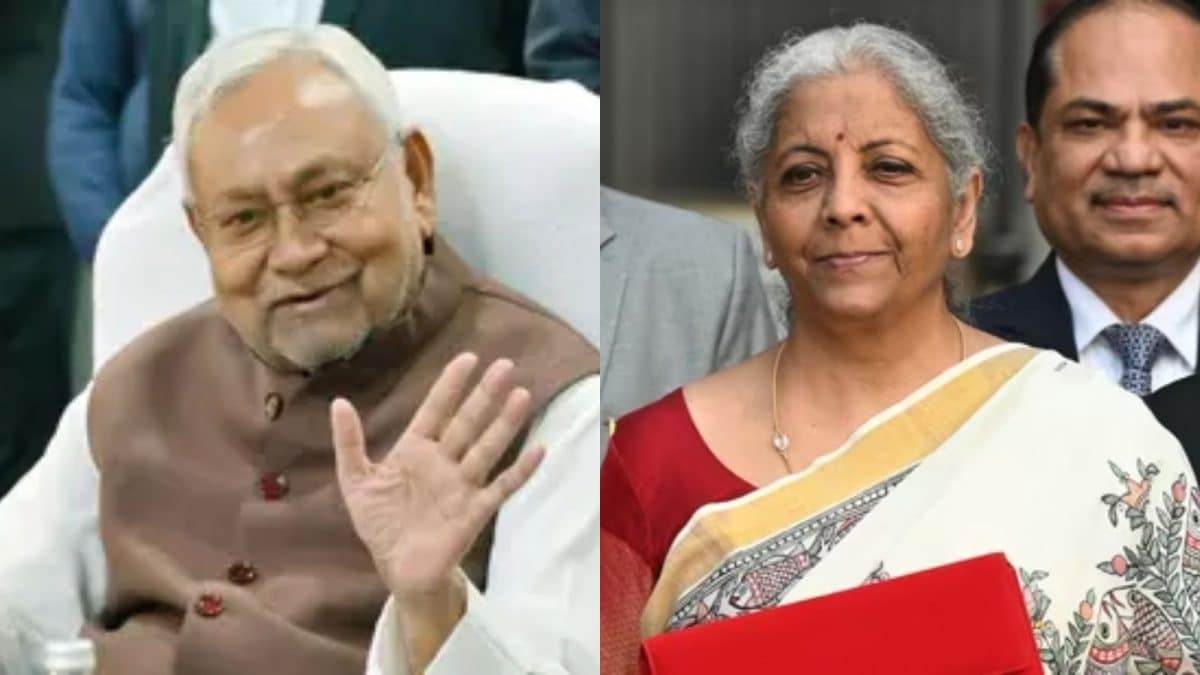Meanwhile, Vietnam has been allocated seed funding worth $2 million by the U.S. for semiconductor development initiatives, and there’s been increasing cooperation between Vietnamese and American companies on chip manufacturing. Not to be left behind, Infineon has also decided to expand hiring by hundreds in its Vietnam office as well.
All this sounds positive — trouble is, in both countries, the establishment of a fully functional semiconductor ecosystem is still in its nascent stages.
While India has made a mark when it comes to phone assembly and managed to lure some businesses from Beijing, and Vietnam’s made a name for itself in assembly, testing and packaging processes, both lack the skilled workforce needed for advanced semiconductor manufacturing.
As it stands, Vietnam produces only 500 qualified engineers for the semiconductor industry annually and has only 5,000 actively employed in the sector. Moreover, as professor of integrated circuit design Nguyễn Đức Minh noted, the country currently accounts for “only 4 percent of global semiconductor-related trade.”
Similarly, even though Modi boasted about “an exceptional semiconductor design talent pool which makes up to 20 per cent of the world’s semiconductor design engineers,’’ according to ITIF, only a small fraction of the more than 800,000 yearly graduates from India’s engineering schools are industry-ready.
Plus, when it comes to India, there are political concerns too. Though the government has decided to push ahead with its massive subsidy package, semiconductor manufacturing isn’t expected to be a big employer. And as it’s a country with a relatively high unemployment rate, economists have often called for government investment in labor intensive rather than capital intensive industry.
Raghuram Rajan, the former governor of the Reserve Bank of India, is among the critics. He says the Indian government will face serious obstacles in its bid to turn the country into a semiconductor hub, including infrastructure challenges. “India does not have an ecosystem to manufacture semiconductors yet. It’s just starting out,” he said.
Despite this, Hanoi and New Delhi are determined to become key players in the future of an expanding semiconductor chips market. India has already begun offering specific engineering courses and plans to train 85,000 engineers over five years, while Vietnam aims to train 50,000 engineers by 2030. The question is, will it all work?







